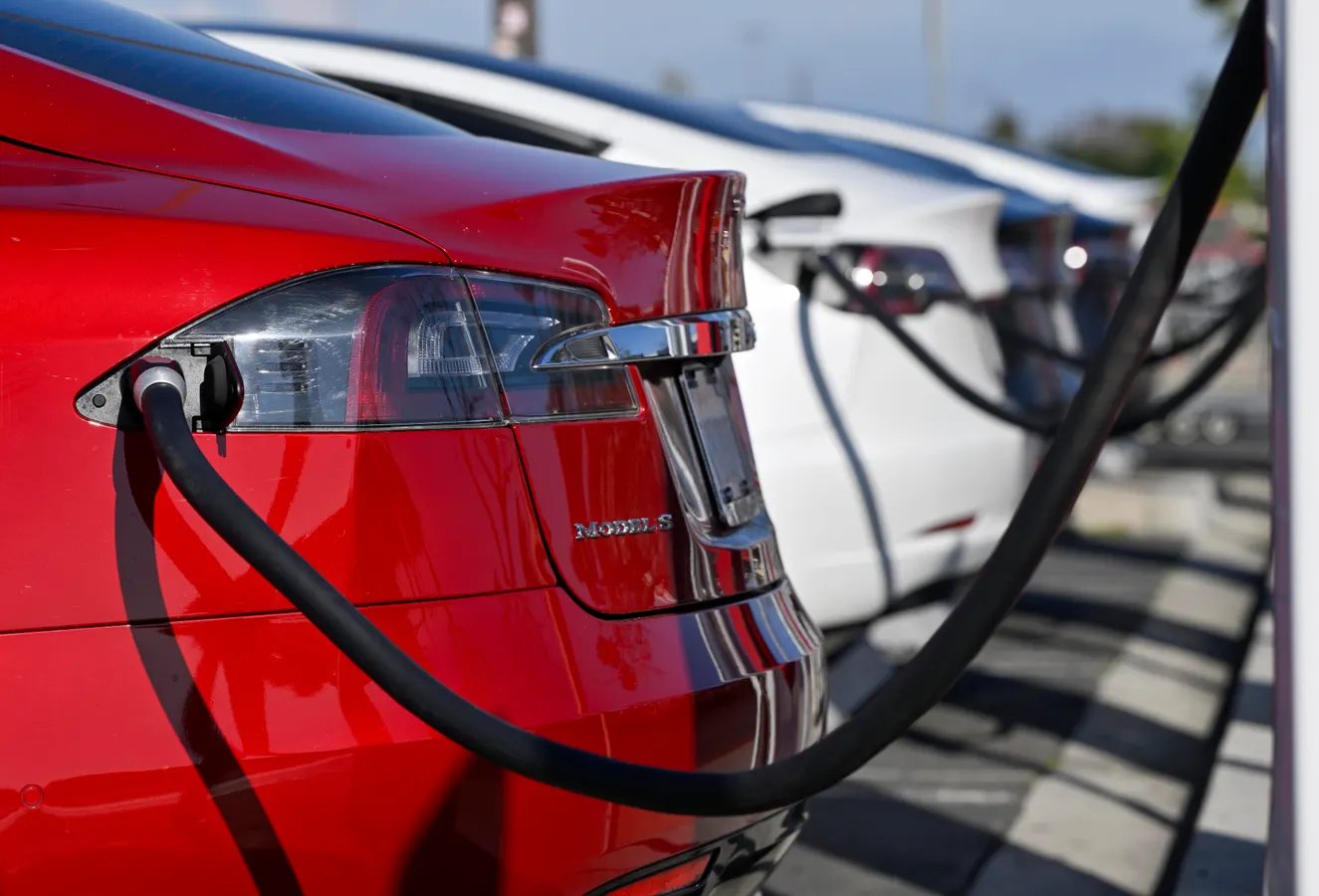Copyright forbes

Fountain Valley, CA - March 20: Chipmaker NXP Manufacturing says new EV battery management tech can improve performance and safety (Photo by Jeff Gritchen/MediaNews Group/Orange County Register via Getty Images) MediaNews Group via Getty Images It’s the grand slam of improvements those who both build and drive electric vehicles seek—better range, longer life, safer operation, faster and more reliable charging. Chip maker, NXP Manufacturing Inc. believes it’s found a way to improve all four with a battery management system, or BMS, that uses a process called electrochemical impedance spectroscopy, EIS, and announced Wednesday, a chip set providing that capability. Essentially EIS measures a battery’s impedance, or internal resistance. The ability to monitor impedance in real time using EIS can provide a more detailed profile of the battery’s performance and any developing safety issues, explained a pair of NXP executives during a preview for media and analysts in suburban Detroit on Tuesday. “You have the liquid, the electrolyte, those are things that we cannot measure. We can't assess the health of with our current way of measuring and impedance measurements,” said Naomi Smit, NXP vice president and general manager for the product line drivers and energy systems. “So with the EIS, if you use those and others to get information also on this, this part of the battery, they do not replace the old way of measuring, but they give us additional information on the state of the battery, which can be very useful when, for instance, assessing state of health, or if we want to assess the risk of thermal runaway.” This additional information can actually help improve a battery’s driving range, power output and longevity, asserted NXP senior product manager Wenzel Prochazka. So the system will contribute to the, let's say, range, in terms of a better estimation of the state of the battery system. The direct resistance measurement gives a customer, for example, a better power availability to overtake,” said Prochazka. Prochazka pointed to EIS’s ability to make fast charging even faster though a quicker and more thorough analysis of a battery’s state along with the ability to remotely manage the flow of current. MORE FOR YOU “So we speak about fast charging within 10,15, minutes. Usual BMS systems would take half an hour to two hours to actually understand what is the resistance at the same accuracy that we can do with an EIS system within seconds,” said Prochazka. “So you're no longer in blind flight for fast charging, but you're in full control when you add EIS. Smit was quick to point out that EIS is not a new process, but thus far, with regard to EV batteries, it has mainly been used in their manufacture, but not monitoring or managing them. Robert Moran, vice president and general manager, automotive processors at NXP Manufacturing, explains edge AI during a technology briefing for media and analysts in Plymouth, Michigan, October 28, 2025 Other technologies during the day-long session included: Edge AI: Robert Moran, vice president and general manager, automotive processors, explained edge AI runs directly from a local device rather than the cloud with the advantages of privacy, security, reduced bandwidth usage, reduced amount of data movement between vehicle and cloud. Software defined vehicle architecture: The move to SDV’s must be faster, said Jan-Philipp Gehrman, vice president, marketing and strategy, automotive at NXP. Suppliers are challenged by automakers that want to play bigger roles in the process. Schematic for NPX Manufacturing CoreRide platform. NXP Manufacturing CoreRide platform: Combines processing, vehicle networking and system power management with integrated software. Matthias Feulner, senior director marketing PL ADAS at NXP Manufacturing explains the company's latest radar innovations during a tech briefing for media and analysts in Plymouth, Michigan, October 28, 2025. Radar: The use of on-board radar for enhanced autonomy and safety systems is growing, according to Matthias Feulner, senior director marketing PL ADAS at NXP who predicted 170-180 million automotive radar sensors will be shipped, increasing to more than 300 million by the end of the decade. In turn, each vehicle currently contains two sensors on average, increasing to three at the end of the decade and “long term we’re going to go toward as many as five per car on average.” Editorial StandardsReprints & Permissions



